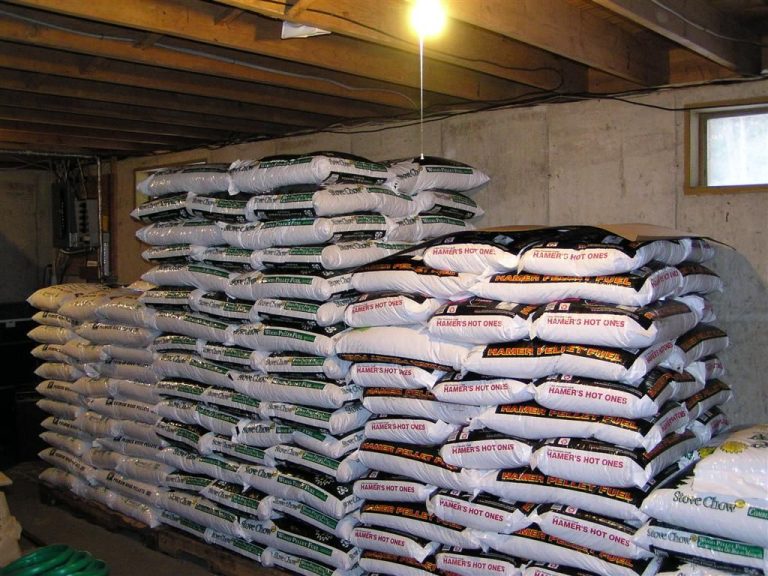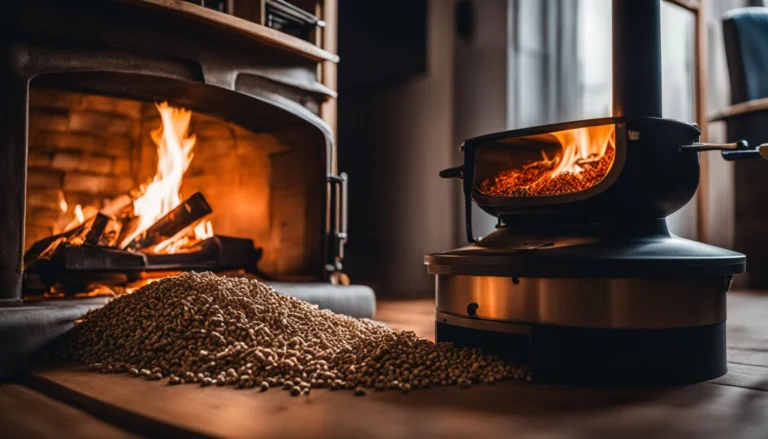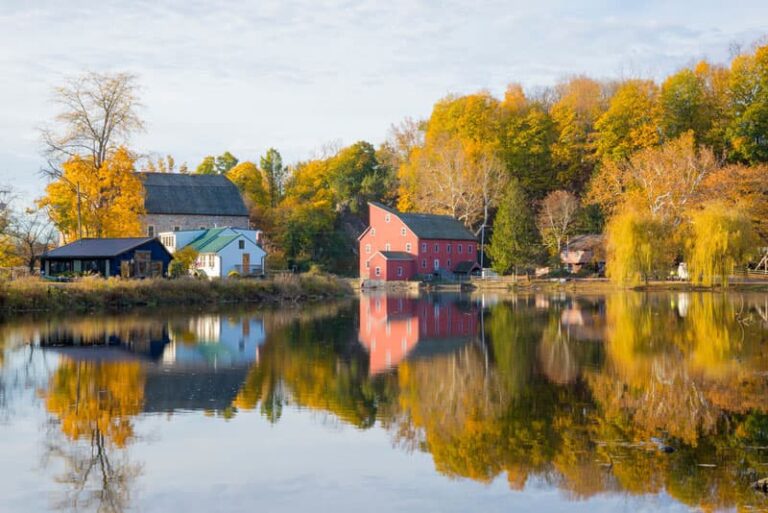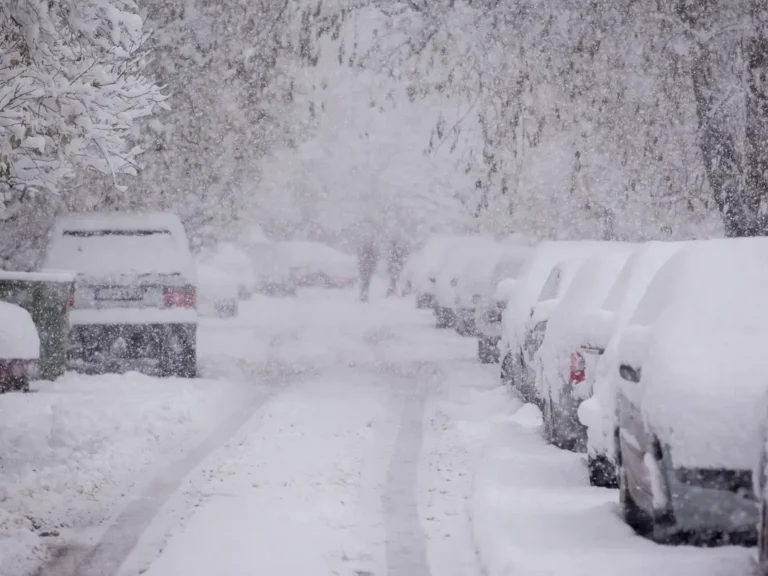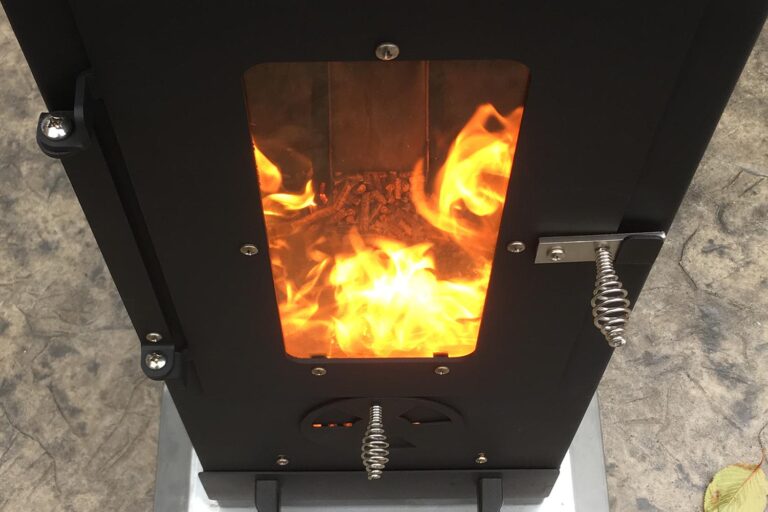As winter approaches, many people are looking for reliable and efficient ways to heat their homes. Heating pellets have become a popular choice for homeowners due to their eco-friendliness, cost-efficiency, and renewable nature. But how are heating pellets made? Understanding the process behind these small, but mighty, heat sources can help you make informed decisions about your heating fuel. In this blog post, we’ll take a deep dive into the fascinating journey of how heating pellets are made, ensuring you get the best product for your home.
What Are Heating Pellets?
Before we explore the manufacturing process, let’s clarify what heating pellets are. Heating pellets are small, cylindrical pieces of compressed organic material, primarily wood or other biomass. They are used in pellet stoves and boilers as an alternative to traditional firewood, offering a clean-burning, high-efficiency fuel source that can heat your home with minimal environmental impact.
Step-by-Step Process of How Heating Pellets Are Made
1. Sourcing the Raw Materials
Heating pellets are typically made from sawdust, wood chips, or other by-products of the lumber industry. These materials are collected from sustainably managed forests or recycled from wood manufacturing processes. Since the raw materials for heating pellets are often by-products, the process promotes a circular economy by repurposing what would otherwise be waste.
The raw materials used in heating pellets can vary, but the most common type is hardwood or softwood sawdust. This wood is often sourced from local timber mills to reduce transportation emissions and ensure sustainability.
2. Drying the Raw Materials
Once the raw materials are collected, they must be dried to reduce their moisture content. High moisture content in wood can negatively impact the efficiency of heating pellets, as more energy is required to evaporate the water during combustion.
The drying process usually takes place in large rotary drum dryers, where the raw material is exposed to high temperatures to remove excess moisture. The goal is to reduce the moisture content to around 10%, ensuring optimal combustion and efficiency in the final product.
3. Grinding and Conditioning
After drying, the raw material needs to be ground into a fine powder. Large hammer mills are used to break down the wood particles into a consistent size suitable for pellet production. This step is crucial because uniform particle size helps ensure that the heating pellets are densely compacted and burn evenly.
Once ground, the material goes through a conditioning process. Here, the wood particles are mixed with steam or water to soften them. This makes it easier to press the material into pellets and helps to bind the particles together without the need for artificial additives.
4. Pelletizing
Now comes the core of the heating pellet production process: pelletizing. The conditioned material is fed into a pellet mill, where it passes through a die (a metal plate with holes) under high pressure. The intense pressure generates heat, causing the lignin in the wood to melt slightly, which acts as a natural binder, holding the pellets together as they cool.
The result is small, dense pellets that are about 6 to 8 millimeters in diameter and 10 to 25 millimeters in length. These pellets have a high energy density, making them an efficient and compact fuel source.
5. Cooling and Screening
After the pelletizing process, the heating pellets are still warm and somewhat soft. They need to be cooled to harden and stabilize. The cooling process usually involves blowing cool air over the pellets as they move along a conveyor belt. Once cooled, the pellets are screened to remove any fines or dust, ensuring a consistent and clean final product.
6. Packaging and Distribution
Finally, the heating pellets are ready to be packaged and distributed. They are usually packed in 40-pound bags or sold in bulk, depending on the needs of the consumer. The packaged pellets are then shipped to local retailers or directly to consumers, such as those who rely on NJ Pellets and Firewood for their heating needs.
Why Choose Heating Pellets for Your Home?
Heating pellets are not only efficient but also environmentally friendly. They are made from renewable resources and produce lower carbon emissions compared to traditional fossil fuels like coal or oil. Additionally, heating pellets have a lower moisture content and burn more consistently than firewood, reducing the need for constant maintenance and monitoring of your stove or boiler.
By choosing heating pellets, you’re opting for a cleaner, greener way to heat your home while supporting sustainable forestry and wood recycling practices.
How NJ Pellets and Firewood Stands Out
At NJ Pellets and Firewood, we pride ourselves on offering the highest-quality heating pellets to keep your home warm throughout the cold season. We source our pellets from reputable manufacturers that follow sustainable forestry practices, ensuring that you get a product that’s not only efficient but also eco-friendly. We understand the importance of reliability, especially when it comes to heating your home, which is why our heating pellets are thoroughly tested for consistent performance.
Contact NJ Pellets and Firewood for Your Heating Needs
Ready to make the switch to heating pellets? NJ Pellets and Firewood has got you covered. Whether you’re heating your home for the winter or preparing for colder months ahead, we provide the best heating pellets to ensure your home stays warm and comfortable. Contact us today to learn more about our premium-quality heating pellets and how they can improve your home heating system. Let us help you stay warm with sustainable, reliable heating fuel—call us now or visit our website to place your order!
By choosing NJ Pellets and Firewood, you’re not only investing in high-quality fuel but also supporting a local business dedicated to providing sustainable and affordable heating solutions for families across Hunterdon County, NJ, and beyond.

